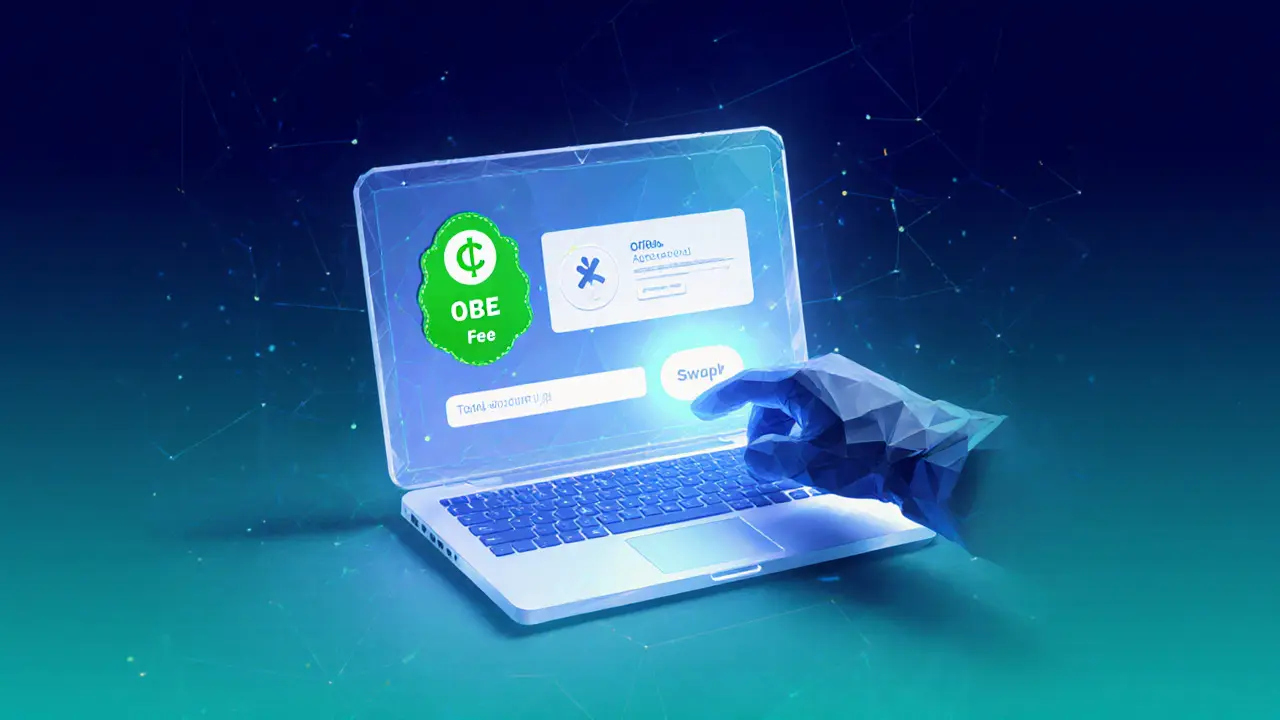Zero Trading Fees – The Real Deal for Crypto Traders
When talking about zero trading fees, a claim that you can buy or sell crypto without paying a commission. Also known as fee‑free trading, it sounds like a dream but it comes with trade‑offs that every trader should understand.
One of the biggest crypto exchange, a platform that matches buyers and sellers of digital assets that markets zero‑fee offers is DA.SG. Others like DuckSwap, NEXT.exchange, KuMEX and Bitunix also run promotions where you see “0%” next to the fee column. These platforms aren’t suddenly giving away services for free – they shift cost to other parts of the business.
A trading fee, the percentage charged on each executed order can be split into maker and taker components, spreads, or hidden network fees. Zero‑fee banners usually hide a wider spread, higher withdrawal costs, or a requirement to hold the exchange’s native token. Understanding the fee structure helps you see whether “zero” is truly free or just a different price tag.
Many platforms compensate for the lost commission with a rebate token, a utility token that gives holders fee discounts or cash back. For example, DA.SG offers DAA tokens that can be staked for up to 100% fee rebates. The catch? You need to lock up a significant amount of the token, and its price can be volatile. If the token drops, the effective cost of trading may rise far beyond a normal fee schedule.
Zero fees also raise questions about security and liquidity. Exchanges that rely on token rebates often incentivize high‑volume bots, which can increase slippage for retail users. Additionally, if an exchange’s revenue drops, it may cut corners on security audits or customer support. A solid security track record—like the audits highlighted in our "Crypto Security Audit Costs" article—remains a non‑negotiable factor, even when the fee label reads 0%.
Our recent reviews give a real‑world perspective. DA.SG’s 2025 review notes a 0% taker fee but a 0.15% maker spread. DuckSwap offers zero fees on swaps but charges higher gas fees on the Binance Smart Chain. NEXT.exchange shows a flat 0% fee for spot trades while applying a 0.2% fee on derivatives. KuMEX, Bitunix and Triple Dice each have their own mix of fee‑free spot trading, token‑backed rebates, and tiered withdrawal fees. Scanning these details lets you compare the true cost of each platform.
Before you jump on a zero‑fee headline, ask yourself a few quick questions: Do you need to hold a specific token? How wide is the spread compared to fee‑charging rivals? Are withdrawal and deposit fees disclosed up front? Does the exchange provide transparent security audits? Answering these lets you gauge whether the promotion adds value or simply shifts the burden elsewhere.
Armed with this context, you’ll be better positioned to sift through the listings below. We’ve gathered reviews, airdrop guides, and security analyses that shine a light on how zero‑fee offers really work. Dive in to see which platforms match your trading style and risk tolerance, and which ones might hide costs you’d rather avoid.

A hands‑on review of Core Dao Swap covering its zero‑fee model, liquidity, security, and how it stacks up against SwapSpace and Changelly for crypto traders.
- Read More
